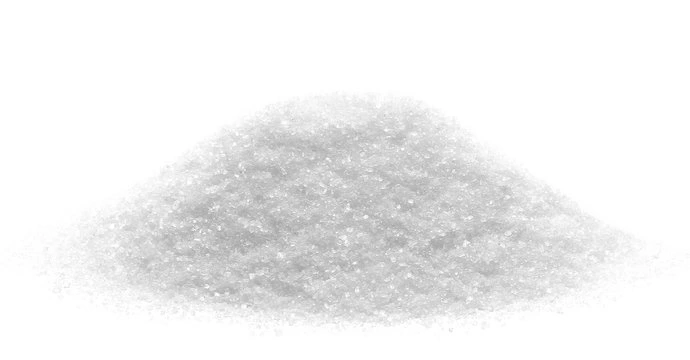IUPAC Name
Potassium Dihydrogen Phosphate
Cas Number
7778-77-0
HS Code
2835.24.00
Formula
KH2PO4
Appearance
White Crystalline Powder
Common Names
Monopotassium Salt, Potassium Phosphate Monobasic
Packaging
25 Kg Bag
Brief Overview
Monopotassium phosphate, alternatively known as potassium dihydrogen phosphate (KDP) and represented by the chemical formula KH2PO4, is a soluble salt composed of potassium and dihydrogen phosphate. It is commonly utilized as a food additive, fungicide, and fertilizer. Acknowledged as safe by the US Food and Drug Administration, KDP is deemed a secure option for food-related applications. Valued for its potassium and phosphorus content, KDP's buffer properties make it well-suited for inclusion in fertilizer mixtures, particularly with urea and ammonium phosphate. This is because it helps maintain a relatively low pH and salt index, preventing ammonia from escaping. Importantly, KDP lacks chlorides or sodium, substances that can be detrimental to plant health, rendering it an excellent fertilizer for all growth stages. Characterized by its colorless, crystalline structure, KDP easily dissolves in water and possesses a melting point of 252.6ºC.
Manufacturing Process
Monopotassium phosphate is manufactured through the combination of phosphoric acid and potassium hydroxide. Another cost-effective option involves using potassium chloride instead of potassium hydroxide. However, the elimination of hydrogen chloride is necessary, and this can be achieved through various methods, including ion exchangers, long-chain tertiary amines, or distillation with octanes.
Food Industry
KDP serves as a food additive designed to stabilize and control acidity and moisture levels in food. Its buffering properties enable the stabilization of pH values and enhancement of the food's ionic strength, thereby improving water-holding capacity. Additionally, it is frequently employed in the production of flavoring agents, fermentation additives, nutritional fortifiers, yeast food, and baked goods.
Agriculture Industry
KDP stands out as a premium fertilizer in agricultural settings, particularly in situations where there's a constraint on nitrogen fertilizer. It serves as a valuable source of phosphorus and potassium, essential elements for the growth and development of plants. Typically, seeds undergo soaking and coating with acidic potassium phosphate to encourage growth. Once dissolved in water, it is administered to the field through irrigation systems or foliar sprays. This agricultural chemical is commonly used on crops like tobacco, corn, cotton, soybeans, and vegetables.
Other Applications
KDP serves as a flame retardant for textiles, wood, and paper. It is applicable for treating metal surfaces and finds use in the production of metaphosphates, particularly in the medical or food industry.
